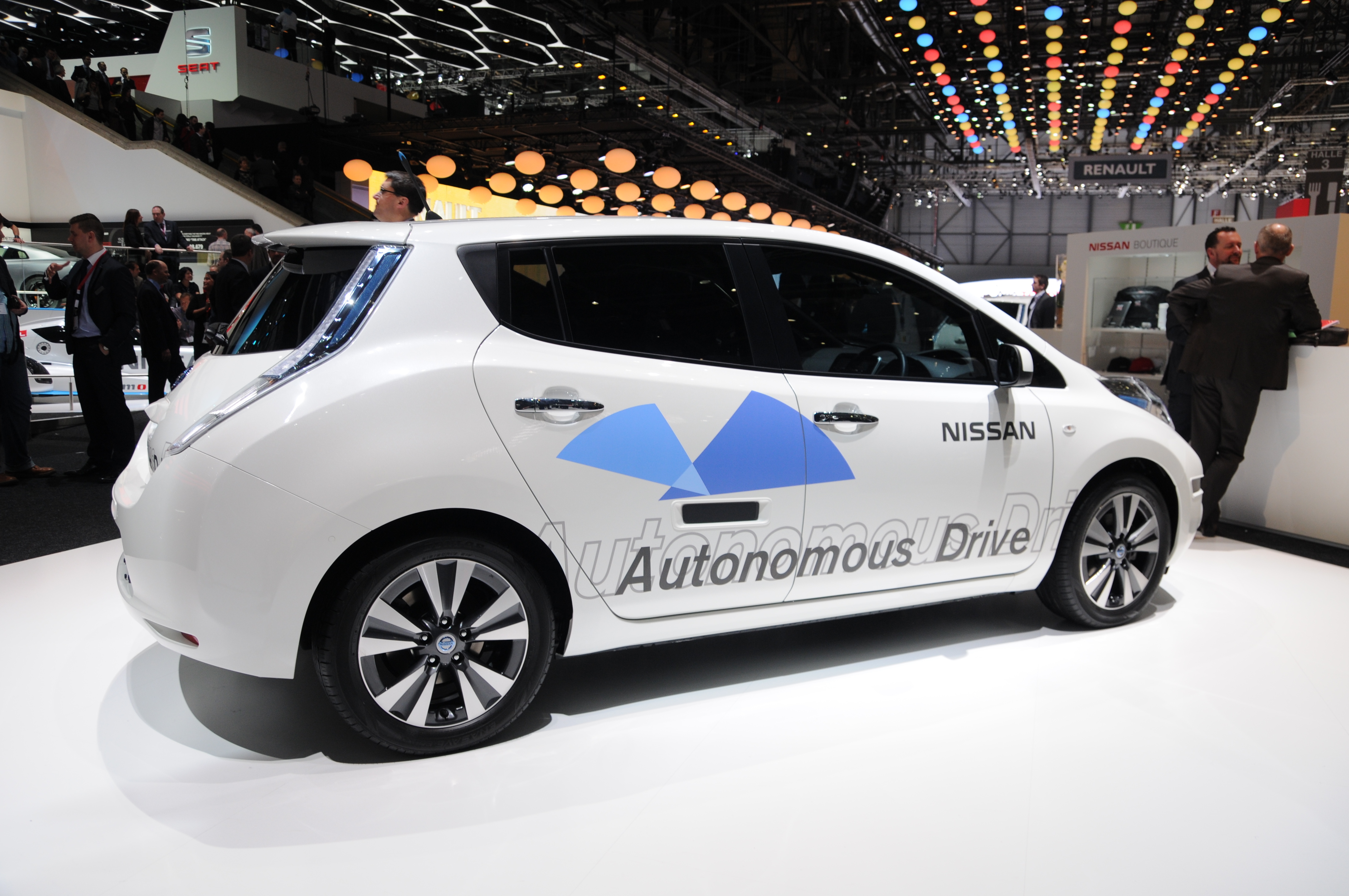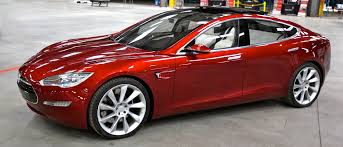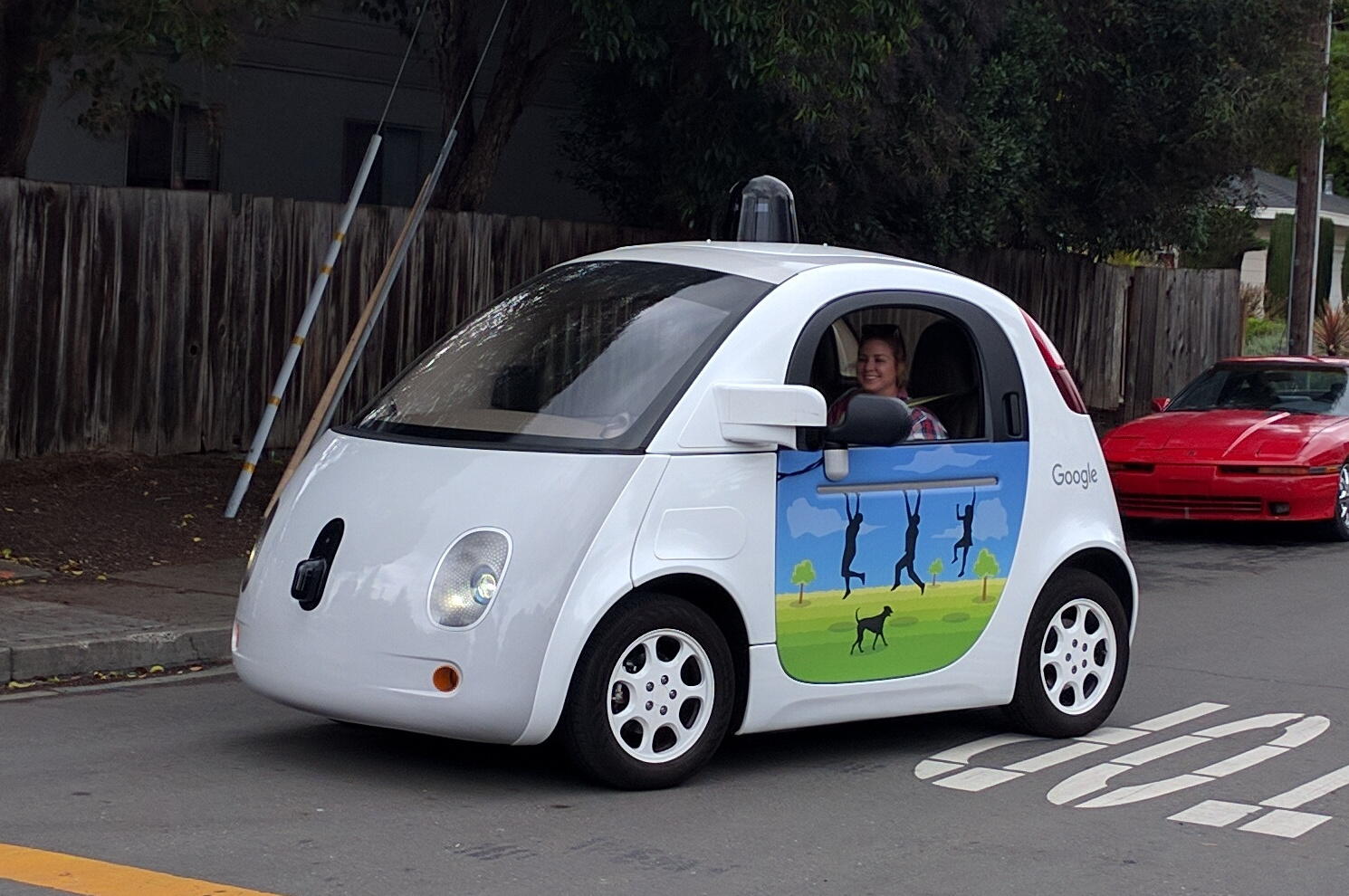The manufacturing of autonomous vehicles is starting to gain serious momentum, but recent events, including one fatal crash, make us wonder, will self-driving cars, in fact, make the roads safer by reducing the rates of car accidents?
Thirty years ago, self-driving cars were a thing of the future, seen only in films and television shows. We might remember seeing these vehicles on the popular cartoon show “The Jetsons,” in superhero movies like “Batman,” and of course futuristic films like “Minority Report” and “Time Cop.” This revolutionary idea of cars being able to operate autonomously wasn’t too far off. Many of these older films predicted that self-driving cars would surface in the early to mid-2000s, and an accurate prediction it was.
Within the last year, we have seen several major technology companies begin diving into the development of autonomous (or self-driving) vehicles, one of the major manufacturers being the electric car company Tesla Motors. But the real question is, will these autonomous vehicles make driving safer, or will they in fact cause more danger to drivers on the roads? If interested in the answer you might also be interested in this article explaining the legal issues related to car accidents. The bottom line is that self-driving cars are here to stay, and some laws may have to be adapted to this new environment. This same issue is affecting those practicing as a car accident lawyer. As you can imagine, a good car accident lawyer will do the relevant research to stay up to date with the laws in their state, and observe precedent-establishing cases as well.
It was in October of last year that CEO and founder Elon Musk announced that his new electric car, the Model S, would have an “autopilot” feature, allowing the car to judge the distance between itself and other vehicles, control its speed and brakes, and monitor the lane lines to guide the car through turns using camera sensors and radar. Accordingly, this will prevent the chance of vehicular accidents and the growing construction zone accident problem. For those who got involved in an unfortunate accident, should also take note of important information, such as the statute of limitations, when they’re trying to acquire their compensation with the help of an accident lawyer.
Upon the release of the Model S, the Guardian quoted Musk advising caution to drivers of this vehicle. “We’re being especially cautious at this early stage, so we’re advising drivers to keep their hands on the wheel just in case,” Musk said. “The software is very new.”
Unfortunately, the terms “self-driving” and “autopilot” gave some people the imprudent confidence to let the car drive itself. It wasn’t long after the Model S was released that videos began to emerge of the car veering into other lanes when the driver took their hands off the wheel. One video released in May (taken by a passenger in another car) showed a man asleep at the wheel while his car drove itself down the freeway in Los Angeles. Within hours, the video had generated millions of views and attention from the media.
In the Photo (below): Tesla’s Electric Model S Photo Credit: Creative Commons
Musk stated in an interview with Bloomberg in 2014 that although the autopilot mode is designed to make stop-and-go traffic jams easier to endure, the cars have not yet reached the stage of intelligence that would allow the driver to fall asleep and wake up at their destination.
One astonishing solution to this problem was suggested by David M. Sirkin, an autonomous vehicle expert at Stanford University. In an email to The Washington Post, Sirkin proposed that using tablets or smartphones at the wheel of an autonomous car could, in fact, keep drivers safer. What is typically seen as a distraction is, in this case, preventing drivers from falling asleep at the wheel. Yet, if your car is self-driving and you are using a tablet/smartphone to stay awake at the wheel, one could say you are just as distracted and less likely to intervene in the case of a car accident in a timely manner. Ultimately, it might amount to the same level of insecurity as being asleep.
Related article: “DRIVY: EASY, FAST, AND CONVENIENT”
The most recent issue with the Model S happened just a couple of weeks ago in China. In English, the autopilot feature does not translate into “This car can drive itself,” but in Chinese, it means just that. So it comes as no surprise that when a driver in Beijing scraped the side of an illegally parked Volkswagen while his car was in autopilot, he was quick to blame Tesla.
Shortly after this mishap, The Wall Street Journal quoted the company’s press release. “As clearly communicated to the driver in the vehicle,” the company said, “Autopilot is an assist feature that requires the driver to keep his hands on the steering wheel at all times, to always maintain control and responsibility for the vehicle, and to be prepared to take over at any time.”
Tesla is now being forced to modify their marketing campaign in China, so as to avoid any further confusion about the car’s self-driving capabilities.
In the midst of all of this chaos with Tesla, two other major companies are taking a shot at building an autonomous vehicle. Google Street View co-founder Sebastian Thrun originally began the project in 2005. By May 2015, engineers had released a car with no wheel nor pedals and have been testing this prototype ever since. The company is hoping to make these vehicles available to the public by 2020.
In the Photo: Google’s autonomous car Photo Credit: Creative Commons
But even this car has had its setbacks. In February, Google’s autonomous car changed lanes, putting itself directly in the path of an oncoming bus. The car was driving itself at about 2 mph and the bus was running at about 15 mph. No injuries were reported, but the car did suffer some damage. However, if you ever get involve in a crash with one of this vehicles you can consult with this injury lawyer in provo utah to receive legal advice.
Google’s autonomous cars have been involved in a total of 17 crashes since they hit the roads in 2009, but the company is quick to blame it on human error and rarely attributes it to a technological failure of their cars.
Ford announced on August 16 that they are also planning to launch a “fleet” of autonomous vehicles within the next few years. Nissan and Mercedes-Benz also hope to release their own self-driving cars by this time.
Consumer Reports recently released an article stating that 90 percent of motor vehicle accidents are caused by human error. If we are all operating vehicles that are essentially driven by a computer, it is expected to reduce aggressive driving car accident cases by a significant measure. The article also referenced a study conducted by The Insurance Institute for Highway Safety that concluded that combining the active safety features of forward collision warning with automatic emergency braking will reduce rear-end car crashes by at least 40 percent.
For a full mindmap containing additional related articles and photos, visit #autonomous
CNN reported that another study was published a little over a month ago in the journal Science in which 2,000 people answered a series of questions about a specific scenario: if an autonomous vehicle is in a situation where it is about to hit several pedestrians walking down the street, should the car veer into a wall to save the pedestrians or keep driving in the same path and save the driver? The answers were generally the same. Most people admitted that since the cars are programmed to be utilitarian (meaning they attempt to save the most lives), the driver should be sacrificed in order to save the most people, in this case the pedestrians. But simultaneously, most of those same people admitted that if that were the case, they would not want to own a utilitarian car, as they’d want a vehicle that could protect themselves and their passengers at all costs.
CNN quoted Mark Rosekind, an administrator for the U.S. Department of Transportation National Highway Traffic Safety Administration (NHTSA), saying that his department is committed to the discussion about autonomous vehicle safety. “NHTSA is developing operational guidance for the safe deployment of automated vehicles. This guidance will provide manufacturers and other stakeholders with guidelines for how NHTSA expects safe automated vehicles to behave in a variety of conditions,” Rosekind said.
However, the question still remains: Is it the cars that are causing the problems, or is it that people do not understand that the technology is not yet advanced enough for them to completely detach from driving the car?
A recent study released conducted by hybridcars.com estimates that a fully autonomous vehicle isn’t expected to hit the markets for another two decades, and those vehicles can only be legally driven in four U.S. states. If capitalized on, it is projected to be a 560 billion dollar industry.
Until further notice, what needs to be fully understood right now is that these cars are not yet able to drive themselves. Drivers should still have their hands on the wheel and have their eyes on the road at all times. If you get into an accident and a reckless driver is at fault, you can contact a buffalo auto accident lawyer to get compensation for your injuries.
Many studies conducted have produced the same results. Most believe that autonomous cars will help benefit the human race in more ways than one. With the use of autonomous vehicles, there will be less need for parking and therefore much less traffic in cities. Parking structures could be demolished and the land used to build more office spaces or apartments. Many of these vehicles are electric, which will benefit the environment and decrease air pollution, which has been scientifically proven to be one of the main causes of climate change.
It’s a fact: The pros outweigh the cons. But, until a time that a fully, well tested autonomous vehicle is released for public consumption, drivers need to be alert and attentive at all times. We are not yet in a place where we can check our brains at the door of the car and retrieve them when we arrive at our destination. The roads are not always safe, and until fully autonomous vehicles become obtainable, it is up to us as individuals to make them safer.
Recommended reading: “THE BIGGEST THREAT FACING CONNECTED AUTONOMOUS VEHICLES IS CYBERSECURITY”
_ _









